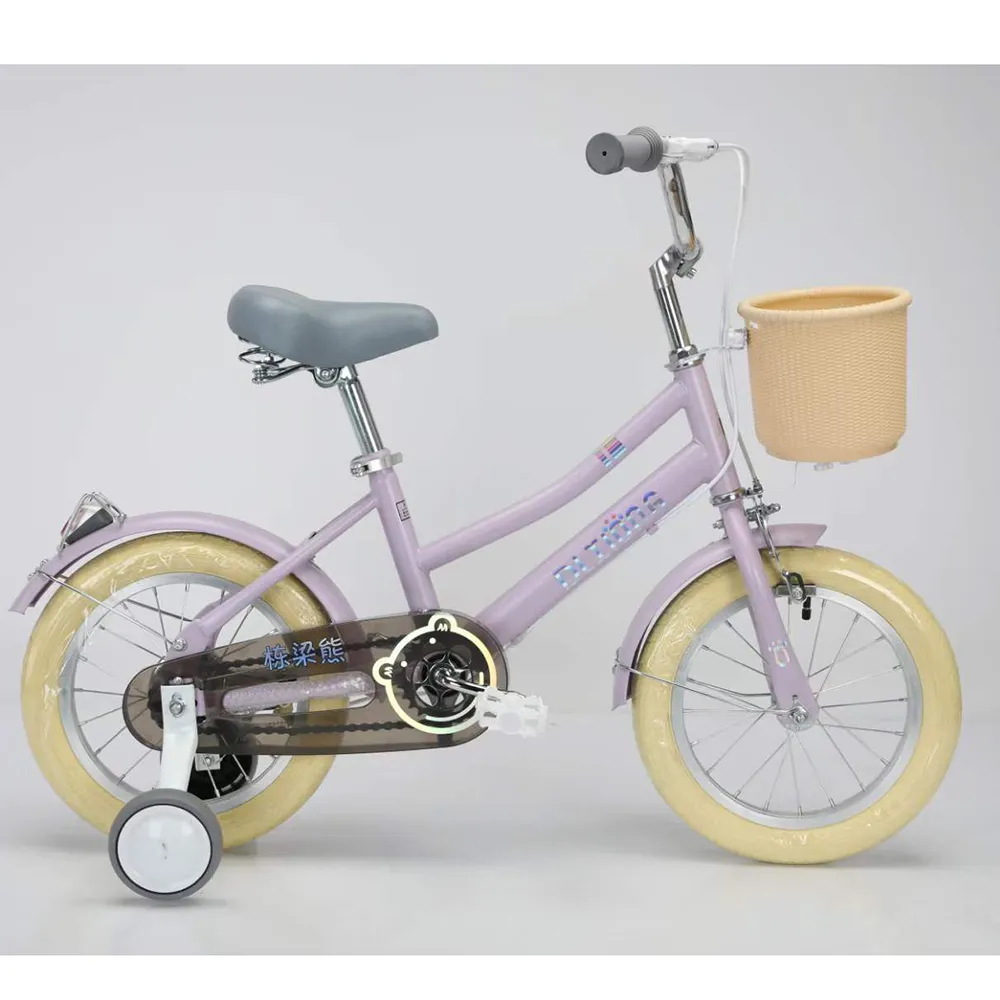A Guide to Choosing the Right Size for Kids' Bicycles
How to Size Kids' Bikes A Comprehensive Guide
Choosing the right size bike for your child is crucial for their safety and enjoyment while riding. A properly sized bike not only enhances the riding experience, but it also minimizes the risk of accidents and discomfort. With a myriad of options available in the market, understanding how to size kids' bikes can seem daunting. However, with a few simple guidelines, you can make the right choice for your little one.
Understanding Bike Sizes
Kids' bikes are typically measured based on wheel size, ranging from 12 inches to 24 inches. The appropriate wheel size is largely determined by your child's height and age. Generally, the following guidelines can help you select the right bike
- 12-inch wheels Suitable for children aged 2 to 4 years, usually with a height of 28 to 38 inches. - 14-inch wheels Ideal for kids aged 3 to 5 years, with a height between 36 to 42 inches. - 16-inch wheels Best for children aged 4 to 6 years, for those who are 40 to 48 inches tall. - 20-inch wheels Designed for ages 5 to 8 years, or children with a height of 42 to 54 inches. - 24-inch wheels Appropriate for kids aged 8 to 12 years, typically for heights of 48 to 60 inches.
These ranges can vary by manufacturer, so it’s always best to consult specific size charts when shopping.
Key Measurements to Consider
While wheel size is a significant factor, you should also consider several other measurements to ensure a perfect fit
1. Stand-over Height Have your child straddle the bike with their feet flat on the ground. There should be a gap of about 1 to 2 inches between the child’s body and the top tube of the bike frame. This is essential for safety and allows for easier mounting and dismounting.
how to size kids bike

2. Seat Height Adjust the seat so that your child can sit with their feet on the ground while also being comfortable enough to pedal. When seated, their knees should not be too close to their chest, and they should have a slight bend at the knee when the pedal is at its lowest point.
3. Reach Make sure your child can comfortably reach the handlebars. Their arms should be slightly bent when holding the handlebars, not fully extended. If they have to stretch or if their elbows are locked, the bike might be too big.
Getting Your Child Involved
Involving your child in the bike sizing process can make it a fun and educational experience. Take them along when shopping for a bike and let them test out different models and sizes. Ensure they feel comfortable and confident on each bike before making a decision.
Additional Tips
- Safety gear Regardless of the bike size, always equip your child with proper safety gear, including a helmet, knee pads, and elbow pads. - Test rides Encourage your child to take a short test ride. This will give them a sense of how well the bike fits and how they feel while riding. - Future growth Kids grow quickly, so if you opt for a bike that is slightly larger, ensure that your child can still handle the bike safely.
Conclusion
Sizing kids' bikes accurately is essential for safe and enjoyable riding experiences. By considering factors like wheel size, stand-over height, seat height, and reach, you can make an informed decision. Take the time to involve your child in the process and ensure that they are excited about their new bike. Happy riding!
-
Three-Wheel Light-Up Scooter Benefits for KidsNewsJul.11,2025
-
The Importance of Helmet Safety When Using a Kids ScooterNewsJul.11,2025
-
Nurturing Early Mobility with an Infant ScooterNewsJul.11,2025
-
How to Choose the Safest Tricycle for KidsNewsJul.11,2025
-
Fixing a Squeaky Baby Push Tricycle in MinutesNewsJul.11,2025
-
Cleaning and Maintaining a Tricycle for Big KidNewsJul.11,2025
-
Unleash Fun and Safety with Our Premium Kids Scooter CollectionNewsJun.06,2025








